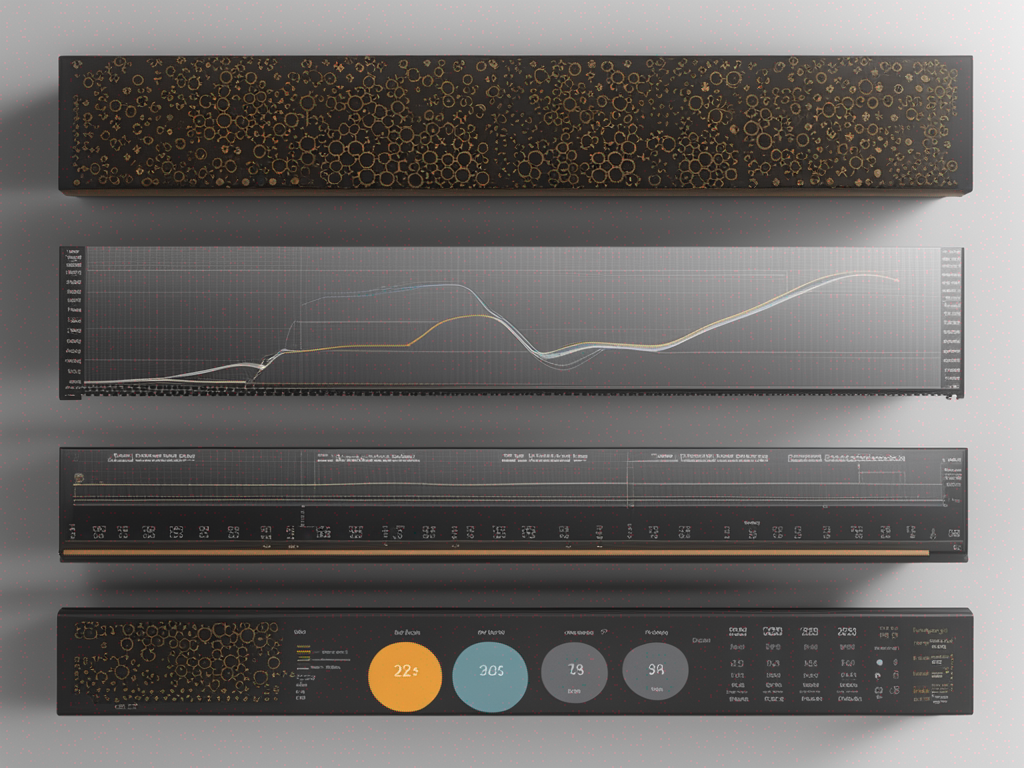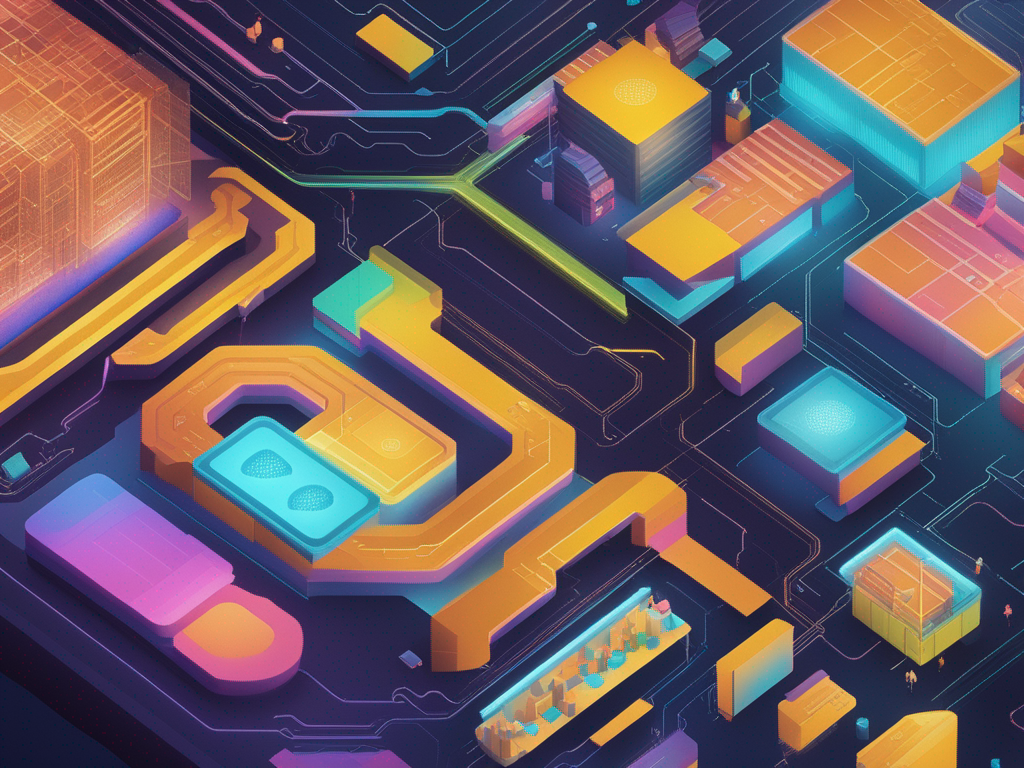Quantization, Ray Sampling, Binarized Transformer, Language Model Reasoning, Wide Feedforward
In today’s dissection of the cutting-edge research landscape, we delve into intriguing advancements in AI—from the QuIP method that supercharges large language model efficiency, to a new ray sampling technique revolutionizing photorealistic rendering, to the BiT 2 model that’s pushing boundaries in binary transformers. We’re also exploring the RAP framework that marries language models with planning for superior reasoning skills and a bold experiment that challenges the norms of Transformer architecture. Alongside, we’ll be sifting through the candid, insightful conversations on Hacker News that these papers have sparked. Buckle up for an enlightening journey through these transformative ideas.
Top Papers
1) 2-Bit Quantization of Large Language Models
Summary:
QuIP is a quantization method that enhances runtime efficiency in large language models by utilizing the incoherence between weight and proxy Hessian matrices.

2) Efficient Ray Sampling for Radiance Fields Reconstruction
Summary:
The paper introduces a new ray sampling technique to improve the training efficiency of neural radiance fields while maintaining photorealistic rendering, and analyzes the relationship between pixel loss and progress.

3) Robustly Binarized Multi-distilled Transformer
Summary:
The paper discusses challenges and proposes improvements for using pre-trained transformers in resource-constrained environments, specifically focusing on higher accuracy in binary transformers through a two-set binarization scheme and introducing a model called BiT 2 created through distillation.

4) Reasoning with Language Model Planning with World Model
Summary:
The Reasoning via Planning (RAP) framework combines large language models with planning to improve their abilities in action planning, math reasoning, and logical inference by addressing their lack of an internal world model.

5) Reducing Parameters in Transformer Architecture for Improved Efficiency
Summary:
The paper focuses on enhancing efficiency in the Transformer architecture by reducing parameters, specifically in the Feed Forward Network (FFN), and evaluates the impact of removing the FFN through experimental investigation.
